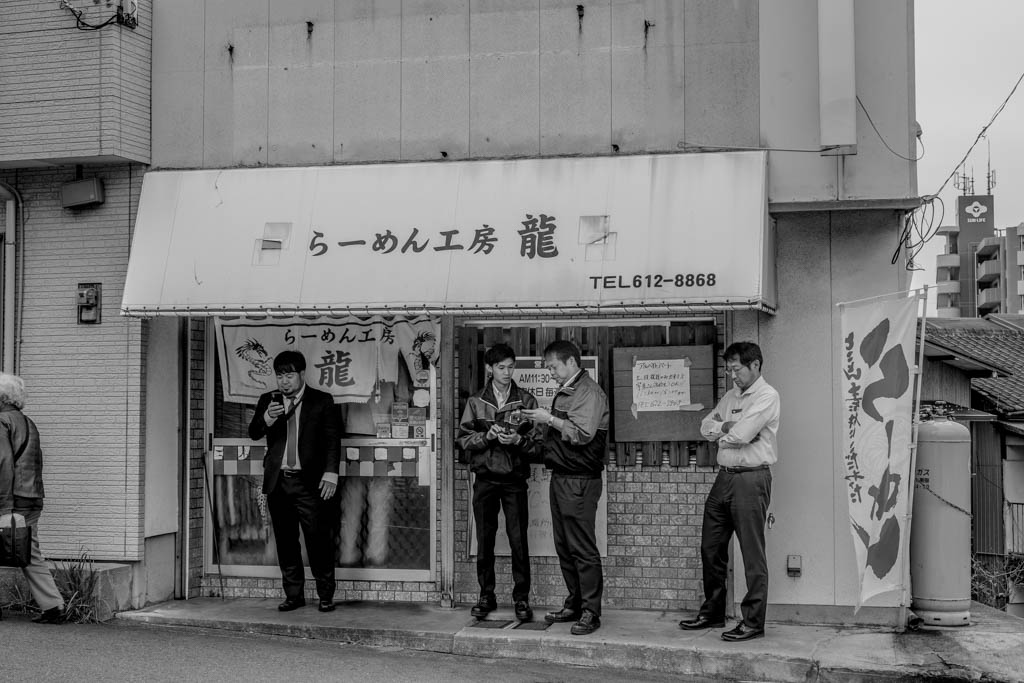南京ラーメン 黒門
And like that, my quest was over. Back in 2015, Japan's most well-respected restaurant information site put out a Best 50 list for ramen in Japan, and I slowly but surely set out to conquer it. Here is that list for those who are curious.
In 2016, I had already completed roughly half of the list, and the Tokyo or near-Tokyo shops were easy to knock off. Other shops were near major stations around the country, and it was only a matter of time before my company would send me out. The third kind of shop, though, was positively a pain to get to. Open obscure hours and far from any station, I would have to line them up with a motorcycle trip.
I visited Kuromon not once but twice in November of 2019. The first time they were out of the soup. Typical of my luck. I reorganized my entire trip so I could return, and return I did. Why change an entire vacation to leave the beauty of mountains and beaches to come to the rather drab stretch of Kyuhu between Kokura and Fukuoka? This was #50 for me. I had to do it.
Which makes my disappointment all the more tragic. First of all, the owner yelled at me for taking too many photos. You shouldn't spend much time photographing your ramen in Japan, but I literally only took three photos. I assure you I am more than respectful at ramen shops. I have my camera at the ready, snapping three or four angles before crushing the bowl. But three were a few too many. In the end, I'm not mad, but I think the sheer amount of effort I took to come here was enough for five seconds of photography.
Then the taste. Kuromon is Nanjing (南京) style. This means a simple, light tonkotsu soup. Frankly, it was boring. I'm surprised that it is ranked as one of the top shops in Japan. When I spoke, off the record, to Japanese ramen critic friends, they expressed the same opinion.
So there it was, the end of my five-year journey. My new goal is to finish everything in The Best of the Best Ramen, of which I have been to around 120 out of 200 shops. Happy hunting.




















































